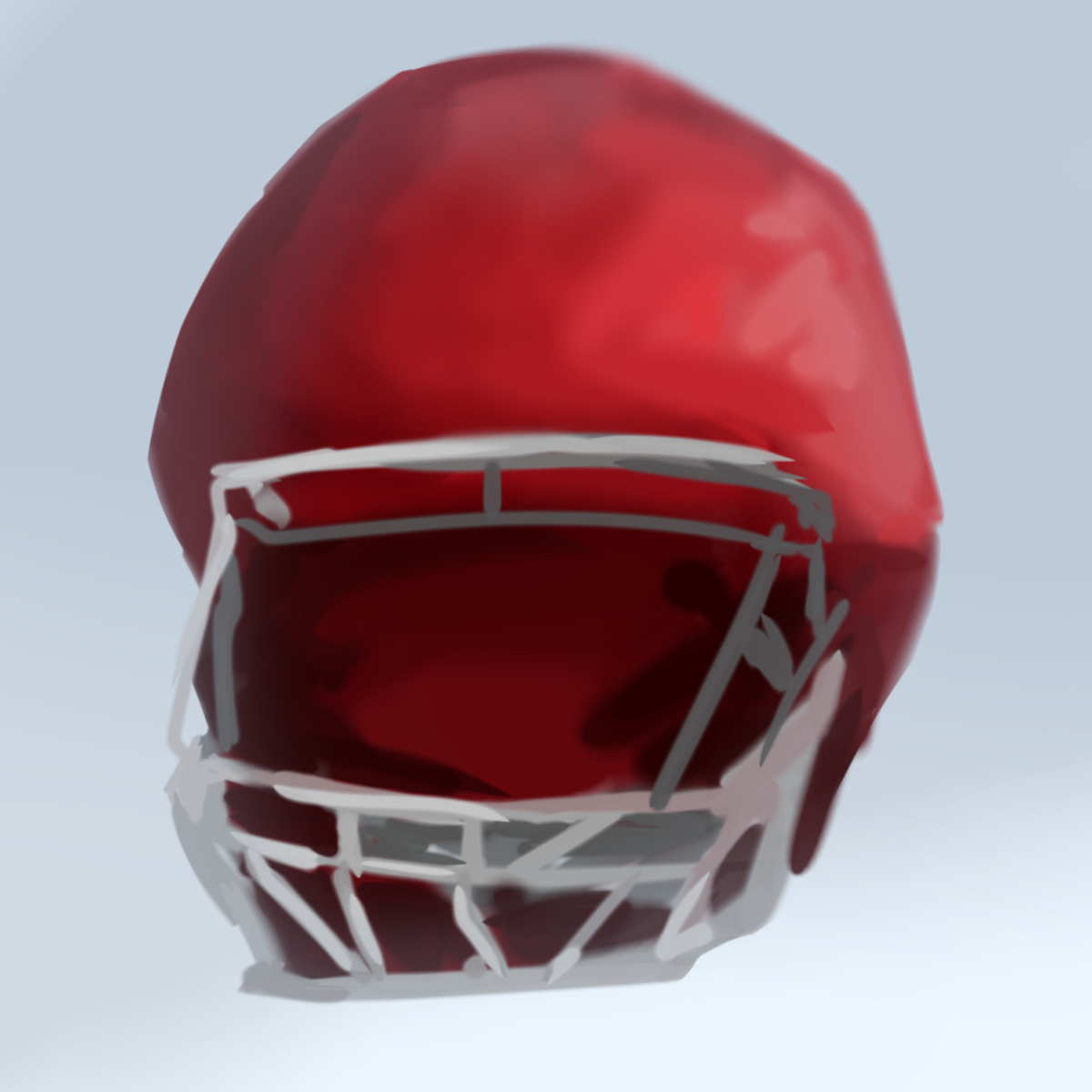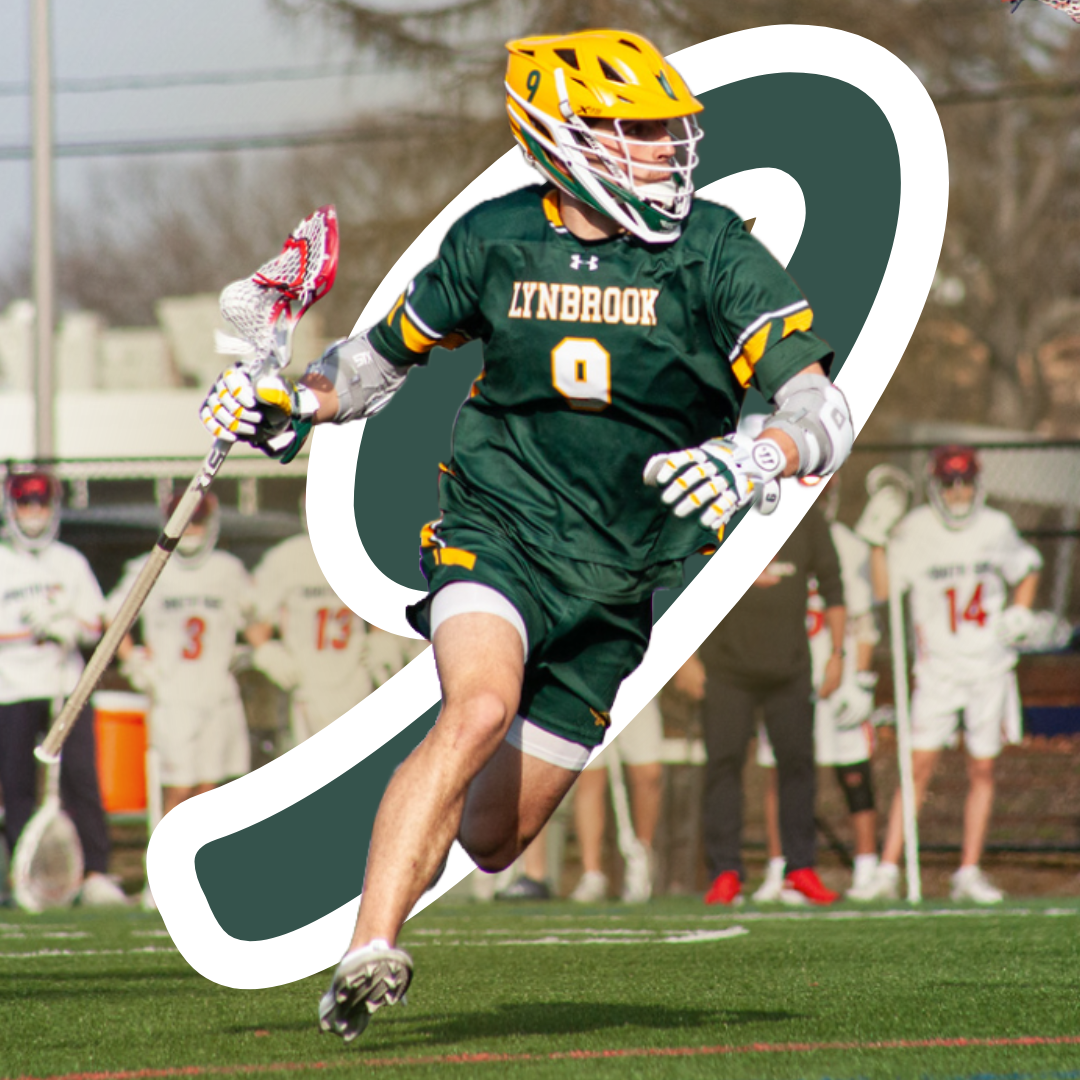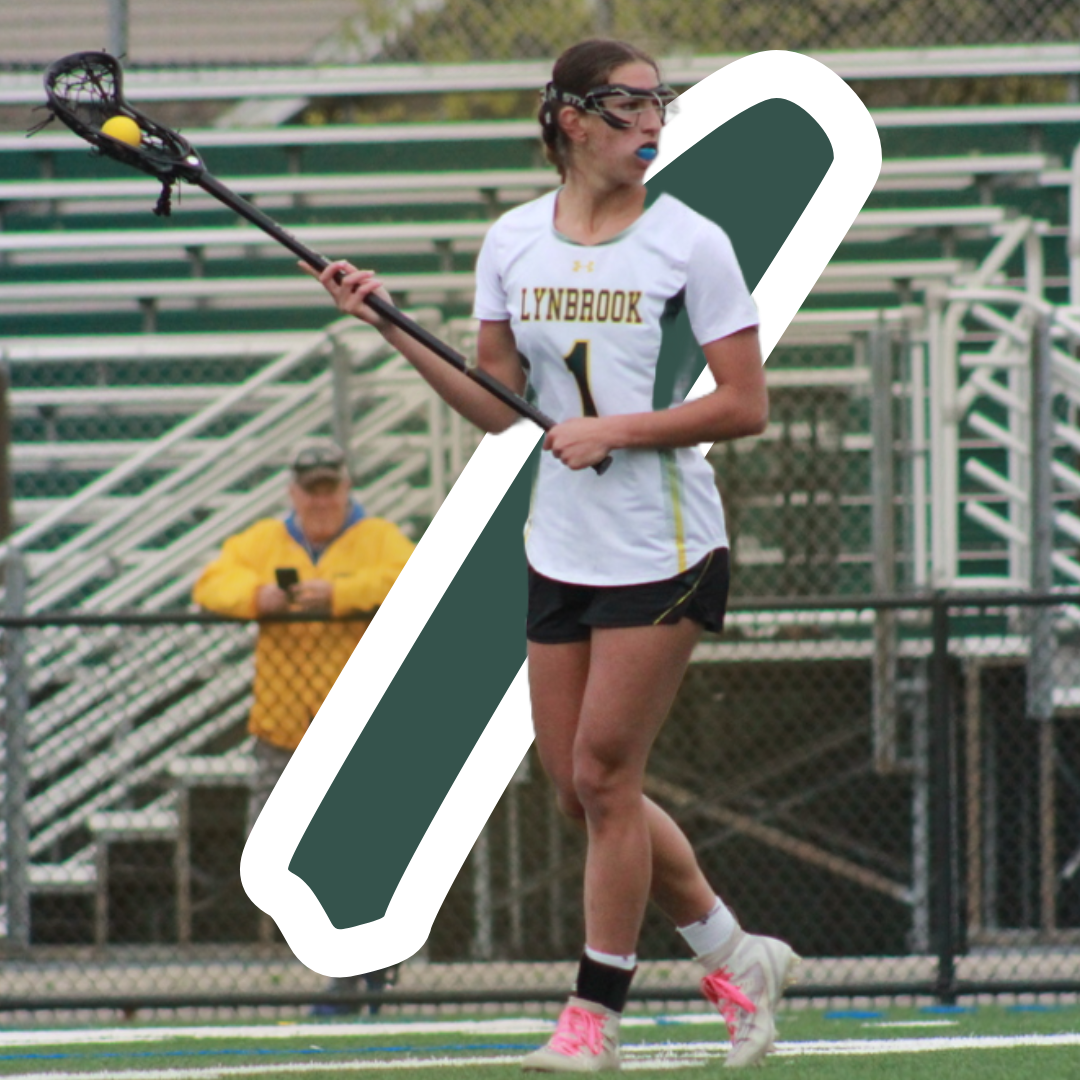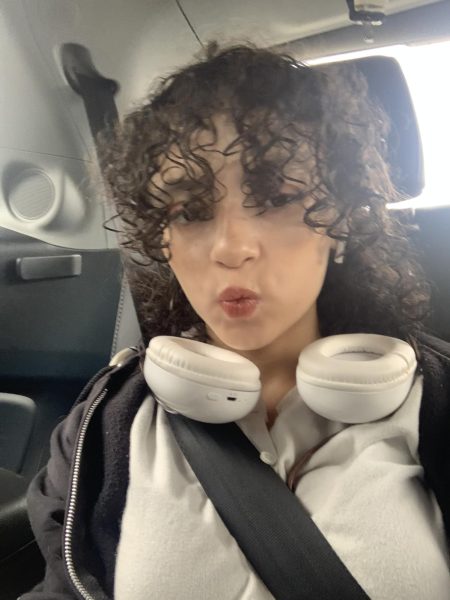If there is one injury that football is synonymous with, it is the infamous concussion. As one of the most common injuries in the sport, neurologists and rule experts alike are always attempting to develop new ways to minimize the risks taken on the gridiron. However, one innovation has gained traction recently in college and professional football: the Guardian Cap. Developed by Guardian Sports in 2010, the Guardian Cap was the brainchild of Erin and Lee Hanson, and is an outer layer of padding that can be strapped on top of the original helmet. Despite the product being over a decade old, they have recently been mandated for use in practice and permitted for in-game use in the National Football League (NFL).
However, many players are unwilling to use the padding in-game despite their promise to reduce the likelihood of suffering a concussion. For example, Dolphins quarterback Tua Tagovailoa, who recently suffered his third concussion in two seasons, refuses to wear the guardian cap. On the other hand, his teammate De’von Achane, who recently returned to the field after suffering his first concussion, is now wearing a Guardian Cap. Why are some players refusing to wear the extra padding, while others are taking advantage of the opportunity?
All For It
Being developed in 2010, there has been extensive time for research on the product, and the benefits to wearing the cap are seemingly endless. According to the Guardian Sports website (guardiansports.com), the Guardian Cap reduces a factor known as HARM (Head Acceleration Response Metric) by up to 40%. This measurement is used to give a numerical value to the severity of an impact to the head or neck area. The higher the number, the more serious the impact, and the higher the chance of suffering a concussion. Furthermore, the Guardian Cap also protects those attempting to tackle the person wearing it, as collisions between the helmet and a player’s body can cause serious injuries. In addition, the caps also reduce the wear and tear a helmet receives, prolonging its lifespan. They also provide insulation for the helmet, as they were shown to reduce radiant heat by up to 20°F.
The Guardian Cap, however, is not just available at the professional and collegiate level. Junior Mason Cofer, who has suffered several concussions over his multi-year football career, is investing in extra protection in the form of a Guardian Cap. His most recent concussion came this season in a matchup against Elmont, where Cofer came down on the turf hard while trying to make a tackle after an interception. When asked about his immediate response to the hit, Cofer explained, “To be honest, all I wanted to do was get back on the field. But I remember Coach Yaker telling me he had to deny me going back on the field.”
After being concussed, Cofer said he knew the important information like where he was and what was going on, but explained that he was also “certainly missing pieces of what just happened.” As a lineman, Cofer is aware of the risk he takes every time he sets foot on the gridiron. “[It’s] one of the easiest positions you could get a concussion from,” he commented. This increased risk, however, does not deter Cofer from playing the sport he loves. “The number of concussions that I have received from football definitely affects how I think and prepare for games and practices,” said Cofer, “but I try my best to not let it affect my game.”
Despite the Guardian Cap having proven benefits, many players, coaches, and even athletic directors are skeptical to pull the trigger on rolling out this newly popular product. Lynbrook Athletic Director Joseph Martillotti had reasons for why he is skeptical of forcing the use of the caps without a mandate: “Most companies will tell you once you alter the helmet in any way, it voids the warranty of the helmet.” This means that if the helmet sustains any damage, the player will be forced to pay the full amount for it, which according to Martillotti, is often over $350.
In addition, Martillotti feels that there are other ways to reduce concussions in the sport, including the way the technique of tackling is being taught. “[I]t used to be ‘Bring the guy down by any means necessary’….now, they tell you to ‘bite the ball,’” These tactics, along with the reduction of contact in practice, were strategies that were implemented in the last decade by USA Football at all levels to teach proper tackling at a young age. By doing this, many experts feel that concussions can be minimized to a high enough degree, avoiding using the caps.
However, Martillotti is not completely opposed to the use of a Guardian Cap. “If Guardian releases a statistic saying that their product is proven to reduce concussions by 99%, or if the state decides that they are going to mandate them, I’ll even use my own money to buy them. It’s still a relatively new product, and all the tests are being done by Guardian…if players want to use them, it’s on [the player].”
As the game of football continues to evolve before our very eyes, some people are more willing to change more than others. Guardian Caps have been available for NFL players to use in games since 2021, but it was not until this year that players decided to take advantage of this opportunity. While the numbers of Guardian Cap usage are climbing at a snail’s pace, they are undoubtedly increasing. As concussions continue to occur at all levels of football, it may not be long before we see the number of Guardian Caps in the NFL begin to climb as well.






















